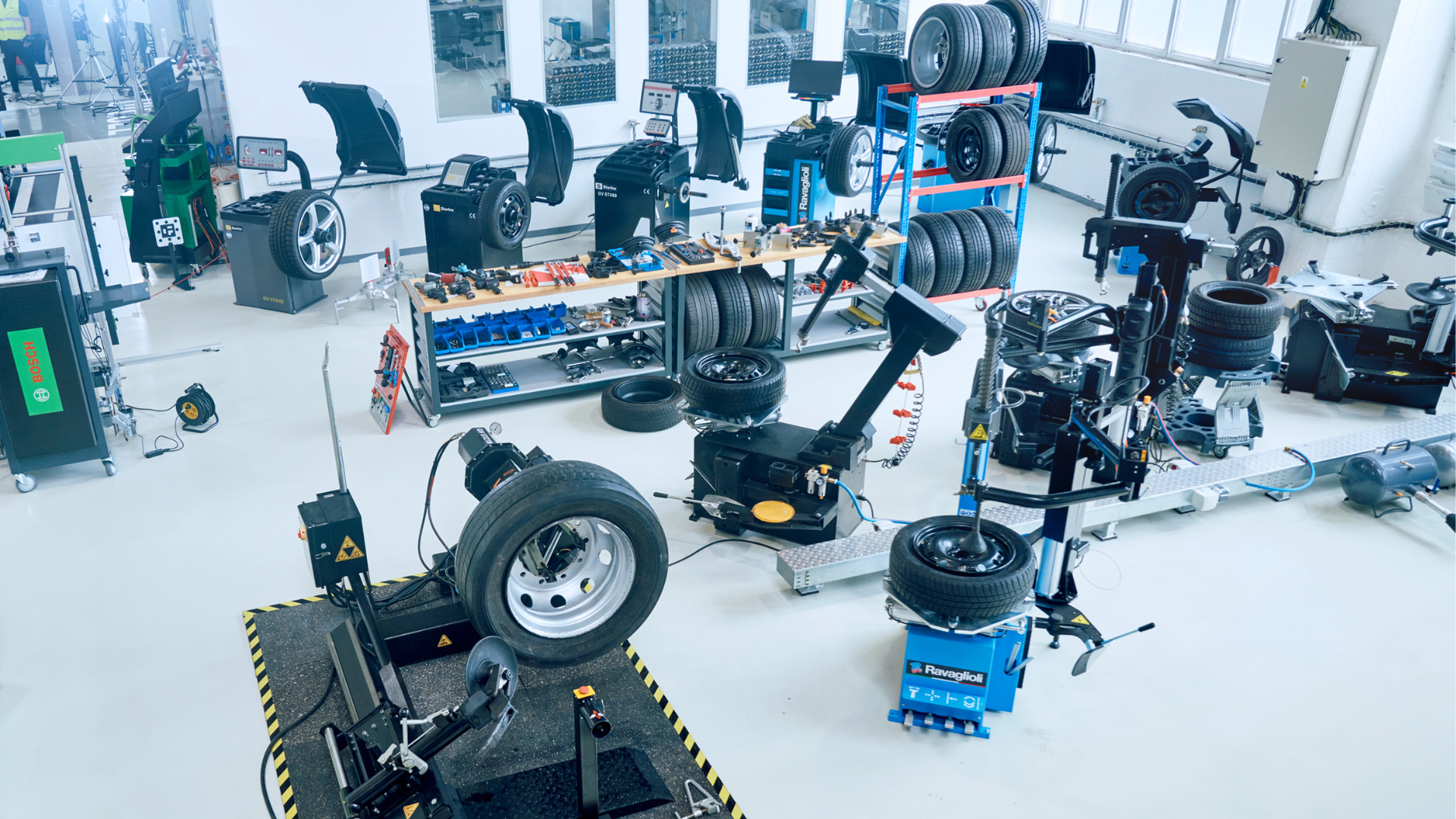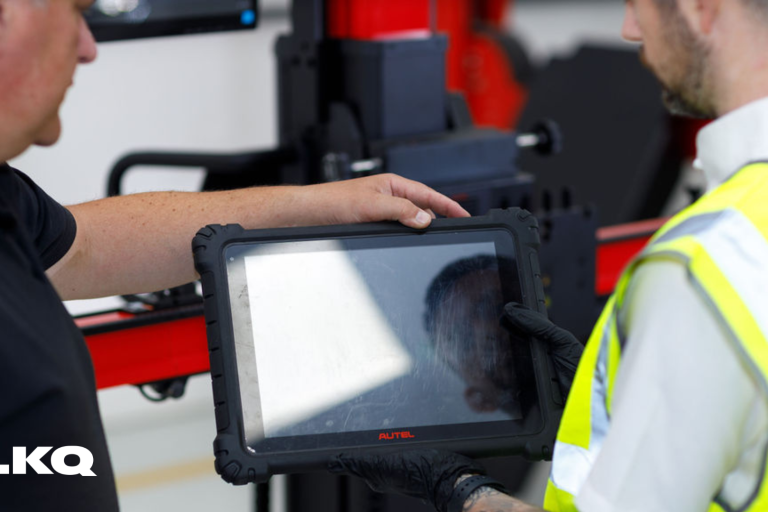Keeping Vehicles on the Road: The Real Challenge of a Carbon-Neutral Future

The European Union’s recent decision to allow car manufacturers to average their CO₂ emissions from 2025 to 2027, rather than meeting a strict target in 2025, indicates that the transition to a zero-emission vehicle fleet is more complex than policymakers initially anticipated.
Falling EV sales across Europe suggest that the shift to electrification isn’t happening at the speed many had anticipated. But rather than speculating on whether the 2035 internal combustion engine (ICE) ban will hold, we should be asking a different question: how do we actually grow a carbon-neutral vehicle parc?
Right now, all the focus is on getting EVs on the road. But for EVs to be a truly sustainable solution, we need to keep them on the road for as long as possible. That’s because the carbon cost of manufacturing a new EV is so high that it needs to be driven between 60,000 and 90,000 miles before it outperforms an ICE vehicle in terms of carbon emissions. The exact figure depends on the power source used to charge it—coal-generated electricity pushes that number higher, while renewables bring it down.
This all means a functioning aftermarket for EVs is just as important as new EV sales. Without skilled technicians, access to parts, and the ability to repair and remanufacture batteries, the second-hand EV market will never take off.
Right now, few drivers would consider buying a nine-year-old EV with 90,000 miles on the clock because it would have no battery warranty. Replacing the battery would cost more than the car itself, making the vehicle essentially worthless.
We need to get to a place where batteries can be repaired and renewed at scale, rather than simply replaced at huge expense.
And this isn’t just about the battery. The same repair and remanufacture principles need to be applied right across the EV drivetrain — including power electronics and electric motors. These systems are critical to vehicle performance and longevity but are often locked behind proprietary technology and service networks. A genuinely sustainable EV ecosystem means making these components serviceable, too.
New infrastructure
Achieving this requires more than just an engaged aftermarket. It demands an overhaul of the entire value chain, with remanufacturing playing a key role in battery renewal. And it’s happening — slowly.
We’re already seeing more second-hand EVs entering the aftermarket, but the infrastructure to support them isn’t there yet. That’s why we’ve made a pledge to train 24,000 technicians in the servicing and repair of EVs by 2028, ensuring that independent garages have the skills and expertise to keep these vehicles on the road for the long term.
But this isn’t just about EVs. Any viable zero-emission alternative, whether that’s hydrogen fuel cell vehicles or other emerging technologies, will need the same aftermarket support.
This will demand investment in skills, a market for new and remanufactured parts, and, critically, fair access to vehicle information, systems, and data. Without that, independent service providers will be locked out, and vehicle repairability will suffer.
Better legislation
The Motor Vehicle Block Exemption Regulation (MVBER) is key here — it ensures that independent operators can compete on a level playing field, keeping the market dynamic and competitive.
This is another area with growing challenges But. Proposals under discussion in Brussels could see a shift towards a layered licensing model for access to vehicle data under the next type of approval framework. In practice, this could create new barriers for independents trying to service modern vehicles — especially when it comes to essential software updates and in-life servicing. That’s why we continue to press for fair, direct and secure access that ensures independent workshops can do the job safely and competitively.
But as vehicles become increasingly software-driven, servicing isn’t just about spanners and sockets—it’s about updates, diagnostics and calibration. Without reliable access to in-vehicle software and digital service records, independent workshops will be left out of the loop. That’s why digital access rights must form part of any serious industrial strategy for mobility.
For the aftermarket, the transition to a zero-emission vehicle parc won’t be dictated solely by government targets or new car sales. It will be shaped by our ability to keep those vehicles on the road. That will require extending vehicle life, preserving residual value, and making repair and remanufacturing the norm. And that starts with skills. Without a highly trained workforce, the EV market—or any zero-emission alternative—will hit a wall. That’s why the industry can’t afford to wait.
The future isn’t just about selling new EVs—it’s about making sure the ones already out there stay on the road.

